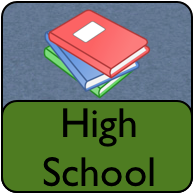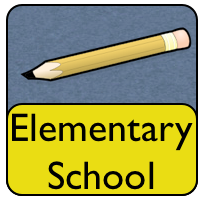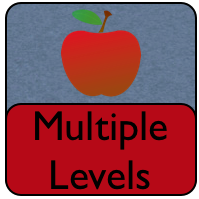In this lesson students will examine diversity in social, cultural, political, and historical contexts rather than in ways that are superficial or oversimplified.
Read More



In this lesson students examine latino home remedies. Home-produced remedies (remedios) are widely valued in Latina/o communities. Latinos often continue to love and use shared remedies for cures and prevention. Many Latina/o students carry a wealth of knowledge related to the remedios used for health and wellness within their families and communities. All student can share and learn from home-based remedios that have been used for centuries.
Students will draw historical and community connections by creating a writing instructional sample which will be a “how to” make and use a home remedy. Students will create a collective Remedies/Remedios book in dictionary format.
Created By: Rosalinda Rojas, Timberline PreK-8
Read More
In this lesson students will use primary resources to create a secondary resource using the app iBooks Author. The students will write a chapter formulating a historical argument concerning the deportation of Mexicans during the 1930s that uses primary sources for support. The student narrative will keep the following 3 questions in mind; What does it mean to be an American or U.S. citizen? What is government’s role in a market economy? In what ways does the United States government influence decisions regarding production and distribution of goods?
Created By: Rob Halsey, Timberline PK8
Read More
In this lesson students use primary sources to learn about some of the challenges faced by Boulder County Latinos by researching and dramatizing personal accounts of injustice in small groups. After each group performs for the class, the whole class will participate in a discussion about the actions individuals took in response to discrimination and what the outcomes were.
Created By: Patty Sandoval – Angevine Middle School, Lisa Norton – Casey Middle School, Julie Lyddan – Coal Ridge Middle School
Read More
In this lesson students will build empathy and develop cultural sensitivity and awareness for themselves and others by participating in a variety of lessons which build on these topics. Students will analyze the Power of Unity Mural and discuss posed questions with each other.
Created By: Karla Colin, Laura DeCastro, and Delia Saenz – Escuela Bilingue Pioneer

In this lesson students will address the political and social conflicts that occurred in the Colorado Front Range in the late 1960s-70s. Additionally, they will
◦Demonstrate their understanding of primary and secondary sources by completing a graphic organizer analyzing multiple sources
◦Demonstrate their ability to engage in civil action by developing a plan based on multiple variable analysis
◦Defend their decisions in Socratic Discussion
Created By: Philip Hernon, Longmont High School
Read More
In this lesson students will focus on the emergence of the Ku Klux Klan in Colorado during the 1920’s using two primary documents. Particularly, this lesson will address the darker side of Populism and Progressivism, so students will be able to identify whom these movements left behind. This will be a mini-lesson within a larger unit on Populism and Progressivism in US History.
Created By: Michael Codrey, New Vista High School
Read More
In this lesson students will identify and describe the history of migration from New Mexico and southern Colorado to Boulder County which demonstrates the long history of Latinos in Colorado that pre-dates the Treaty of Guadalupe and the formation of the current US borders. Students will use this information to answer the essential questions of […]
Read More
In this lesson students will explore the impact that the changing of borders and the breaking of Treaty promises had on the Latinx living in New Mexico and Colorado. Students will explore primary sources to analyze the long-term impacts of the treaty.
Created By: Emily Krochmal, Altona Middle School
Read More